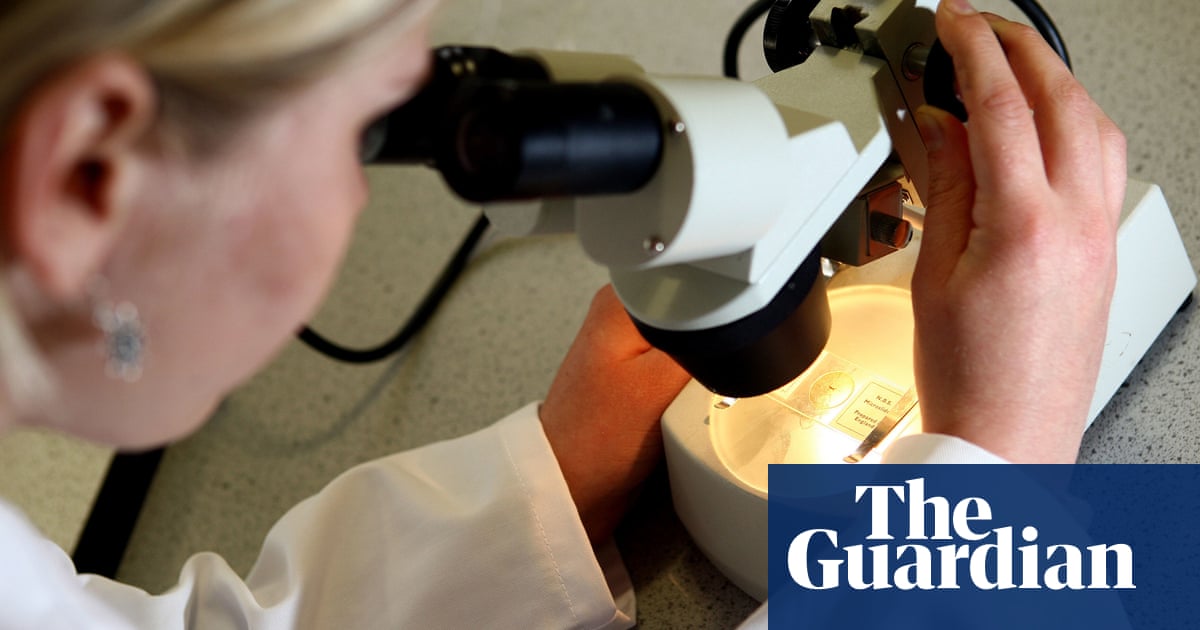Doctors say combining a simple blood test with artificial intelligence could help diagnose sepsis faster and identify patients at the highest risk of severe complications.
Sepsis is a serious condition in which the body fails to respond properly to infection. It can progress to septic shock, which can damage the lungs, kidneys, liver and other organs. When the damage is severe, it can lead to death, with an estimated 11 million sepsis-related deaths worldwide each year.
A new dual approach using a blood test and AI could spot the condition earlier and save lives, according to experts who combined the unique molecular signature of sepsis with AI tools to predict someone’s risk of organ failure and death.
Their findings will be presented at the European Congress of Clinical Microbiology and Infectious Diseases in Barcelona next month.
Dr Lisa Mellhammar, of Lund University in Sweden, said: “It’s vital that patients with suspected sepsis are identified prior to the onset of organ failure. Given the challenges associated with timely diagnosis and the fact that sepsis kills millions of people around the world every year, there is an urgent demand for an alternative approach.”
She said a blood test combined with a personalised risk model “has the potential to save lives by providing more accurate sepsis diagnosis and determining who may go on to develop more severe clinical manifestations”.
Researchers studied 1,364 plasma samples of adults admitted to the emergency department at Skåne University hospital with suspected sepsis between September 2016 and March 2023. Of the 1,073 patients with an infection, 913 had sepsis.
The team then analysed proteins associated with the body’s immune response to sepsis to see if there was a pattern. They created molecular signatures from their analysis, which was used to train an AI model to predict who was likely to go into septic shock.
Patients were classified as low, medium and high risk of developing septic shock, with the technology able to show how increasing risk was associated with a higher rate of death.
Researchers also identified panels of proteins that predicted dysfunction in six different organ types, including the heart, liver and kidneys. They then classified patients into five risk categories based on the probability of them having organ dysfunction and infection, and their risk of dying.
Mellhammar added: “A fast test that provides more accurate sepsis diagnosis and could also predict who is at greater risk of poorer outcomes now seems a genuine possibility. Any research like this needs clinical validation and many hurdles must be cleared before these biomarkers are used in the clinic. But we envision this as a tool that could be deployed worldwide as the future of early detection of sepsis.”
Dr Ron Daniels, the founder and joint chief executive of the UK Sepsis Trust, said: “It’s critically important that we speed the recognition of sepsis and identify sooner which patients need the most immediate attention, ensuring that we can save more lives whilst using antimicrobials more wisely.
“This research has huge potential to refine our understanding of sepsis and may in time help us to redesign clinical systems. As the authors acknowledge, sepsis is a complex syndrome and this technology is not yet street-ready, but it is a significant step in the right direction.”
It comes as NHS England prepares to introduce the first phase of “Martha’s rule” from next month. Patients whose health is failing and their loved ones will be granted the right to obtain an urgent second opinion about their care, as the initiative is initially adopted in 100 English hospitals from April at the start of being introduced nationally.
The rollout is the direct result of pressure put on politicians, NHS bosses and doctors by Merope Mills, a senior editor at the Guardian, and her husband, Paul Laity, telling the story of how their 13-year-old daughter, Martha, died of sepsis at King’s College hospital London in 2021.










